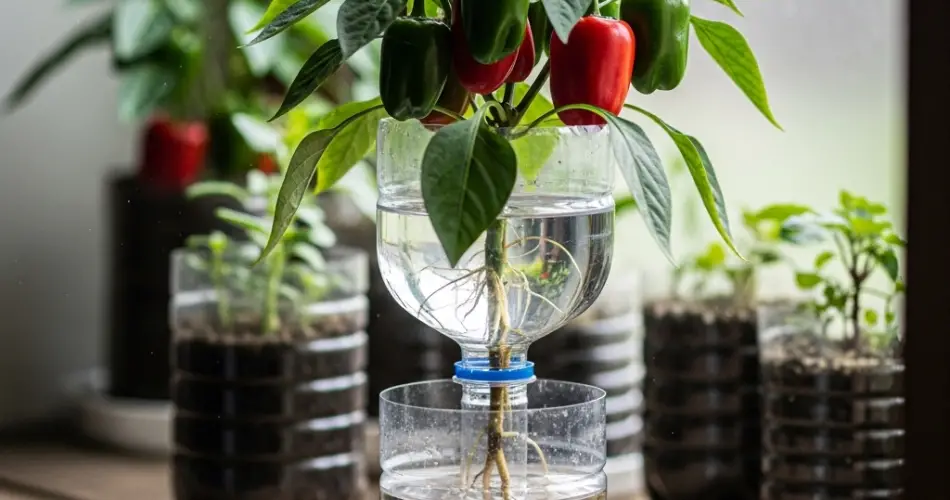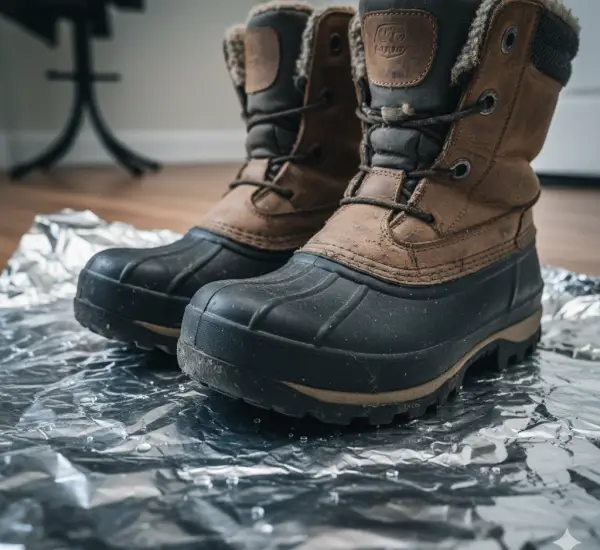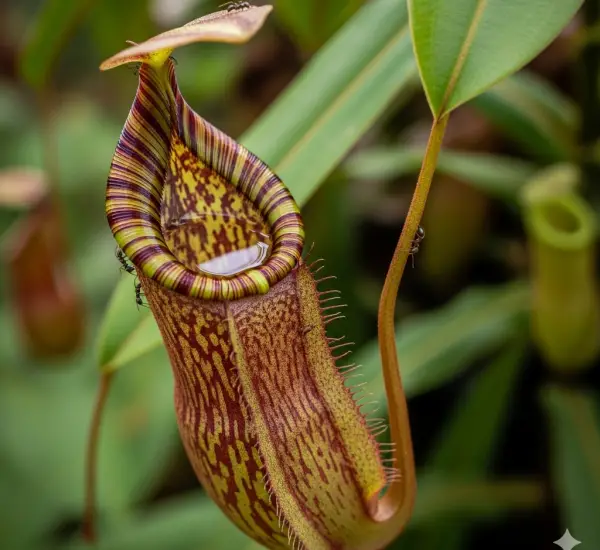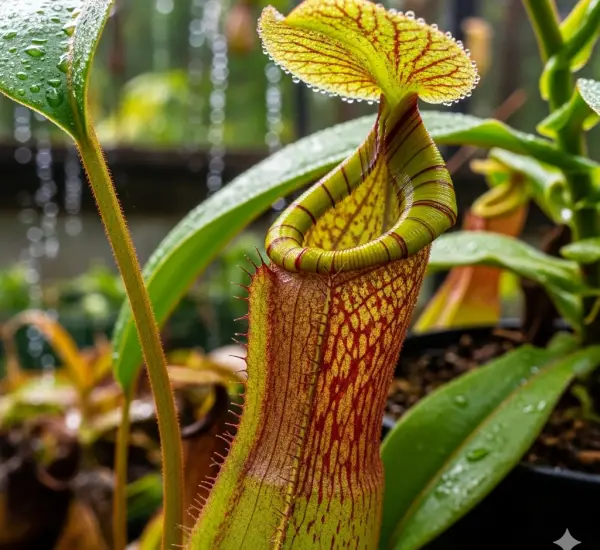Pepper plants are a staple in many home gardens, prized for their bright fruits, bold flavors, and versatility in the kitchen. While growing peppers from seed is common, there’s another method that can give you a head start on healthy plants—propagation through cuttings. Using clear bottles as mini-propagation chambers is a simple, eco-friendly trick that helps you root pepper cuttings with minimal effort. This approach allows you to replicate your favorite plants, save money, and reduce waste all at once.
Why Propagate Peppers from Cuttings?
Cloning peppers through cuttings is an efficient way to maintain the exact characteristics of a plant you already love. Here are some of the main benefits:
-
Consistency: Unlike seeds, which may produce variable traits, cuttings are genetic replicas of the parent plant.
-
Time savings: Cuttings skip the germination stage, allowing new plants to establish faster.
-
Season extension: Propagation lets you produce fresh plants even as older ones begin to decline.
-
Sustainability: No need to buy extra seeds or seedlings—you reuse what you already have.
By using clear bottles, you can monitor root development and create a controlled microclimate for your cuttings.
Materials You’ll Need
To get started, gather the following items:
-
A healthy pepper plant for cuttings
-
A clear plastic bottle (1–2 liters works well)
-
Sharp scissors or pruning shears
-
Clean water or potting soil
-
Optional: rooting hormone powder or gel
-
A sunny windowsill or warm indoor space
Preparing the Clear Bottle
-
Select the right bottle: Transparent bottles are best, as they allow you to see moisture levels and track root growth.
-
Cut the bottle: Slice it about one-third from the top. The bottom portion becomes the planter, while the top can act as a humidity dome.
-
Prepare for soil or water:
-
For water propagation, leave the bottom intact.
-
For soil propagation, poke a few drainage holes in the base.
-
This simple container setup functions as a mini greenhouse.
Taking Pepper Cuttings
-
Choose a strong, disease-free stem from the parent plant, ideally 4–6 inches long.
-
Make a clean cut just below a node—the area where leaves grow from the stem.
-
Remove the lower leaves, leaving two or three near the top. This reduces stress and encourages root growth.
-
(Optional) Dip the cut end into rooting hormone to speed up the rooting process.
Now your cutting is ready for propagation.
Bottle Propagation Methods
1. Water Propagation
-
Fill the bottle base with 2–3 inches of clean water.
-
Place the cutting inside, ensuring that the lower node is submerged but the leaves remain above water.
-
Put the bottle in a warm, bright location with indirect sunlight.
-
Change the water every few days to prevent bacterial buildup.
Roots should begin to form within one to two weeks.
2. Soil Propagation
-
Fill the bottom of the bottle with moist potting soil.
-
Insert the cutting, burying it up to the first set of nodes.
-
Mist the soil lightly to maintain moisture without overwatering.
-
Place the top half of the bottle (without the cap) over the base to trap humidity.
After two to three weeks, gently tug the cutting. If it resists, roots are developing.
Caring for New Pepper Plants
Once roots have formed, continue to provide proper care:
-
Light: Place cuttings in a location with at least six hours of indirect sunlight daily, or use grow lights if indoors.
-
Temperature: Keep the environment warm, ideally between 21–27°C (70–80°F).
-
Moisture: Keep soil evenly moist but not soggy. For water propagation, ensure water levels cover the nodes consistently.
-
Transplanting: Once roots are about 2–3 inches long, move the new pepper plants into larger pots or garden soil. Acclimate them gradually to outdoor conditions before permanent planting.
Advantages of the Clear Bottle Method
-
Visibility: You can easily observe root growth and soil conditions.
-
Controlled humidity: The bottle acts as a mini-greenhouse, maintaining the right moisture for rooting.
-
Recycling benefit: Instead of discarding bottles, you repurpose them for sustainable gardening.
-
Space-saving: Perfect for windowsills, balconies, or small indoor gardens.
Common Issues and Quick Fixes
-
Wilting leaves: This may indicate too much direct sunlight. Move the bottle to a spot with filtered light.
-
Slow rooting: Check the temperature—pepper cuttings root best in warm conditions.
-
Rotting stems: If the base of the cutting turns mushy, refresh the water more often or use sterile soil.
Conclusion
Propagating peppers with clear bottles is a simple yet highly effective way to expand your garden. This method not only helps you clone your favorite pepper plants but also reduces plastic waste and cuts costs on seeds or seedlings. By following a few easy steps—taking healthy cuttings, setting them in soil or water, and maintaining a warm, humid environment—you can successfully root peppers and enjoy an extended harvest.
Whether you’re an experienced gardener or just beginning, bottle propagation is an accessible trick that combines creativity with sustainability. With a handful of cuttings and some upcycled bottles, you can multiply your pepper plants and savor their flavors season after season.



